These are the two themes that were discussed during the last live. Tutorials padel different, live, during which you can ask your questions. Review of preparation and positioning when exiting the window.
The preparation
This is the key to the success of your shots at padel. Good preparation, adapted to your position and your choice, will allow you to hit the ball in the best possible conditions. Since the field is short, I suggest you take decisions very quickly.
We are able to move on a track of padel with our pala on the side of our body. So as soon as you have the information whether you are going to play a forehand or a backhand, immediately put the pala to the side. From there are several preparations.
Runway background
- Defense forehand
It will be the blow that we will carry out most of the time. Whether directly or out of the glass, this blow should allow us to “place” the ball. To be as efficient as possible, I suggest pointing the head of your pala towards the window behind you, at waist height or even below.
- Defense reverse
2 types of backhand are possible; with 1 hand or with 2 hands. While with 2 hands the preparation will look a lot like that of the forehand (tip of the paddle towards the window), the preparation of the backhand with 1 hand will be slightly different. The important thing here is not really the pala but rather the place where you will place your wrist. If your wrist positioning changes with each strike, your lapel will not be precise. Make it a habit to always place your wrist at the same height. I suggest to beginners players to press the inside of their wrist on the pocket of their shorts or on the crest of their pelvis, at the waist. Your non-dominant hand should be an aid in pulling your pala backwards so that you can have better speed over a very short distance.
- The attack forehand
Both directly and at the exit of the window, this blow is made above the level of the belt. As we are still at the bottom of the track, we will start with the forehand preparation seen above, which we will modify and adapt according to the height of the ball. This modification of preparation will be done behind the body, lifting the pala. This way the rotation of your shoulder will be correct.
- Reverse attack
It is done with one hand and cut. Same as the forehand. We will start by preparing our shot at waist height then we will adapt the height according to the ball. Important for this shot to highlight the shoulder. The shoulder of the hand holding the pala must serve as a “sight” and be in the first position before launching your backhand attack.
- The service
The service can be divided into two preparations; the first and second service. The height of your pala will decide how much power you want to give the ball. Tip: always do the same thing. This stroke allows you to put the ball into play, you have no interference, you are master, take advantage of it. Position of the front arm, rear arm in the high position, forehand attack type or slightly above the level of the belt for a second service, you are the only ones who know which preparation is most effective. You have the cards in hand; It's your turn.
Net
- The fly
I voluntarily regroup the two ends because if in the end they are two different shots, the preparation is very similar. Since we are in the net, our preparation time is even shorter. Solution? Very quickly put the pala in the high position (face height) with the sieve “always” above the wrist. You must show this sieve to your opponents while standing head-on.
- La bandeja
La bandeja can be thought of as an attacking forehand hit before the ball bounces. We can achieve this shot with 2 different preparations. Directly, for players who already have some experience in the padel. From the waiting position at the net, as soon as your opponents play you a high ball, you very quickly place your pala in the high position (top of the head), behind you, or with the sieve aiming towards the sky like a plateau for the bandeja, or with a sieve more inclined towards the ground for a Vibora. For a good balance of the body, the non-dominant hand will be placed in the direction of the side grid. We will call this placement the 3 in 1 because at the same time you place the pala, the non-dominant hand and the feet.
The second preparation ends in the same way, but the access to the final position will be done by passing the pala in front of the knees and not directly. This allows beginners or players with shoulder problems to be able to correctly place their pala and play the bandeja in the best conditions.
- The smash
To make a smash in the best possible conditions, it is above all necessary to position yourself very quickly. For the movement of the arms I suggest you imitate the movement of a bird's wings. Opening your arms wide by passing the pala in front of your knees will allow you to raise your arms to heaven. The non-dominant hand will point the ball, and the pala's hand will stop its preparation run up to your head.
Placement at the glass exit
Positioning yourself for a stroke is essential, but placing yourself after playing this exit from the window is a sign of mastery of the game. Using the window allows several things. First give us time to play the ball. Then the glass slows the speed of the ball. Finally it allows us to set up a game tactic.
On the track we have our comfort position, the area in which we place ourselves automatically. When we play window exits, the important thing is to recover this position very quickly. So two solutions; either you play then you place yourself, or you “play” with the path of the ball, direct it in a precise direction in order to naturally find your comfort zone.
- Solution 1
You defend and your opponents make you play a ball away from your comfort zone. Don't look for complicated shots that will put you at risk. Play simple. The lob is the best solution to find your area.
- Solution 2
Your opponents make you play balls close to your body, and therefore close to your area. You are free to choose the directions of your balls, you are at home. The problem can come from bullets coming from the diagonal towards the corner or from the second bottom window. During these balls, if you do not make a habit of accompanying the ball by turning with it, you will quickly notice that you will strike the ball far from your comfort zone.
Windows can be your friends as well as your enemies. It's up to you to tame them. Know that a good position of feet and a body always directed towards the front will allow you to play the exits of window in the best conditions. Think of your comfort zone and you will become a crack… but learning takes time.
Julien Bondia is a teacher of padel in Tenerife (Spain). Columnist and advisor, he helps you play better through his tutorials and tactical/technical articles padel.




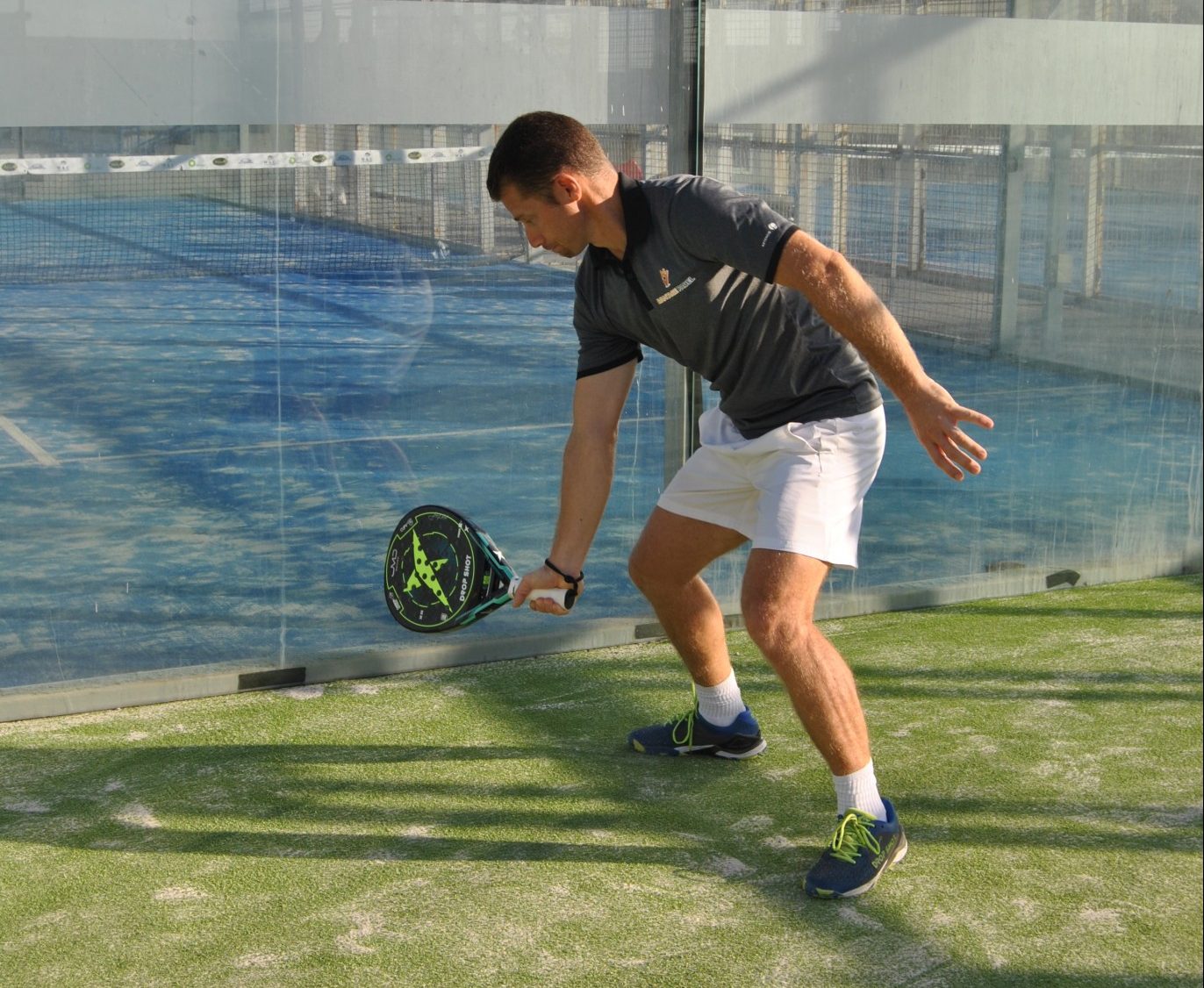














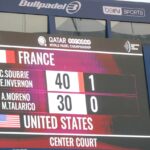

















































































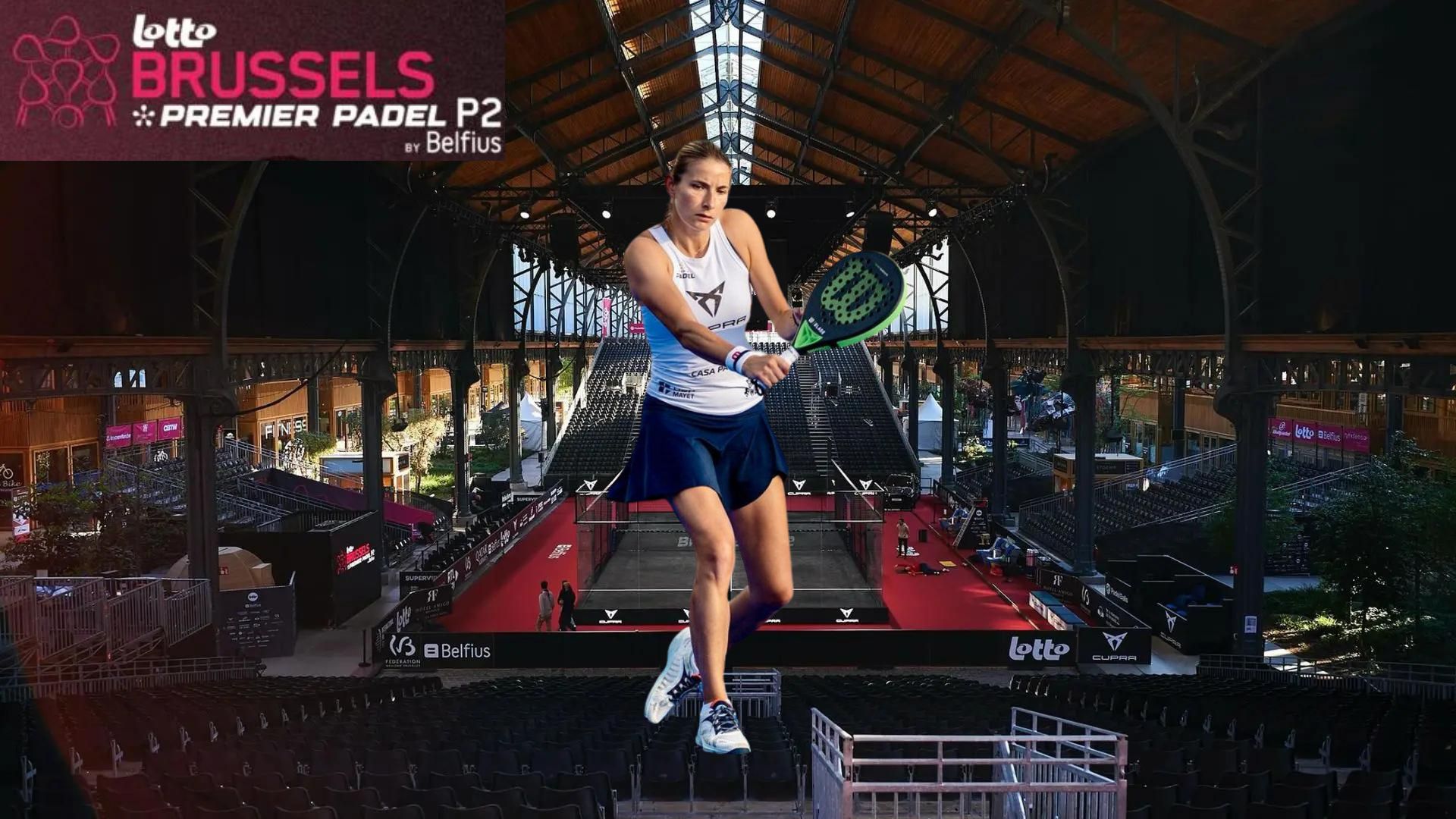 Premier Padel Brussels P2 – Alix Collombon qualified for the second round
Premier Padel Brussels P2 – Alix Collombon qualified for the second round Nallé Grinda: “Democratize the padel in the USA with PadelX "
Nallé Grinda: “Democratize the padel in the USA with PadelX " The score at padel : manual
The score at padel : manual The location chosen for the 2024 World Cup announced at the end of the month!
The location chosen for the 2024 World Cup announced at the end of the month!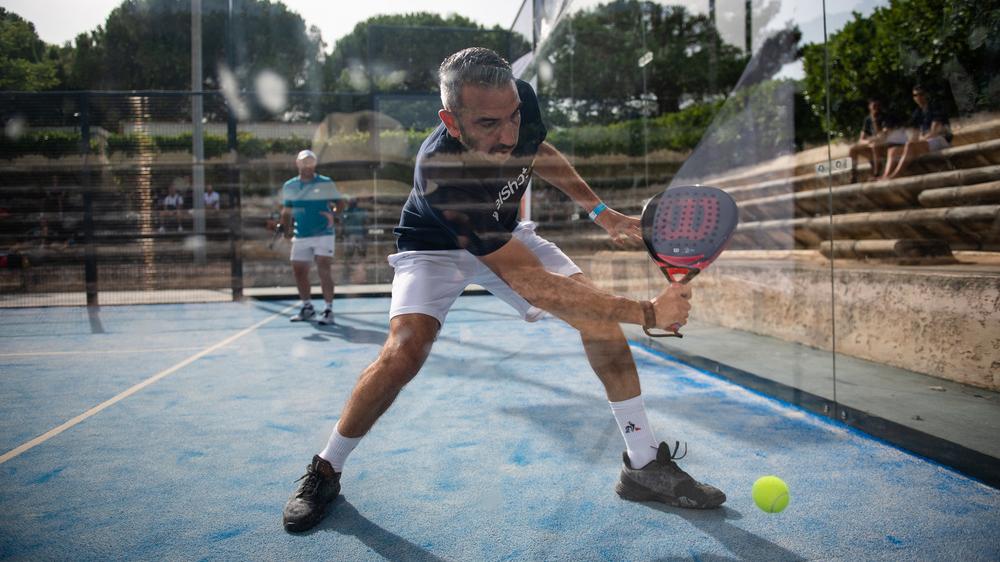 Simon Boissé: “We know that there are two nations in front of us”
Simon Boissé: “We know that there are two nations in front of us” Marie Maligo: “This period of frequent changes of partners was beneficial for me”
Marie Maligo: “This period of frequent changes of partners was beneficial for me”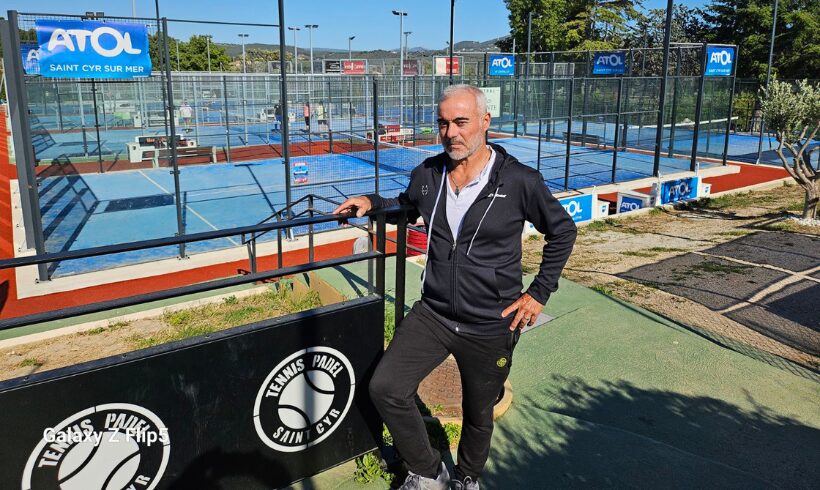 Alain Idier: “Adding tracks of padel, without sacrificing tennis”
Alain Idier: “Adding tracks of padel, without sacrificing tennis”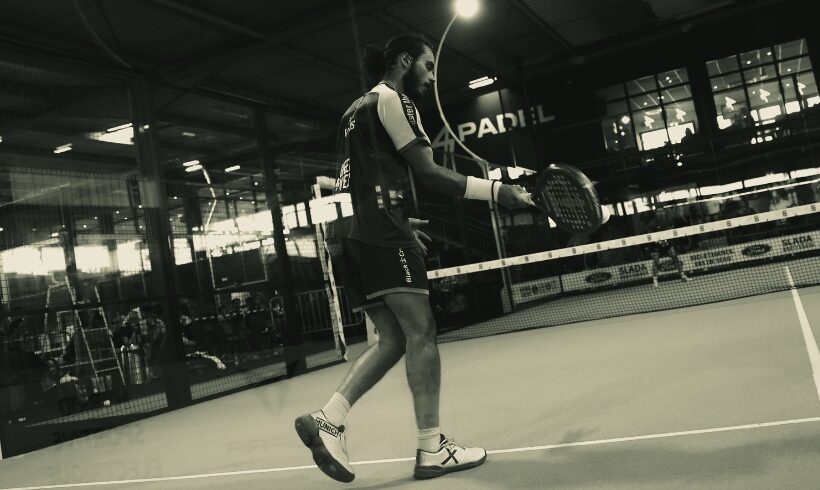 Manuel Vives: “It’s extremely difficult to get by financially”
Manuel Vives: “It’s extremely difficult to get by financially” Padel Score comes to Tahiti for American Express Padel Cup!
Padel Score comes to Tahiti for American Express Padel Cup!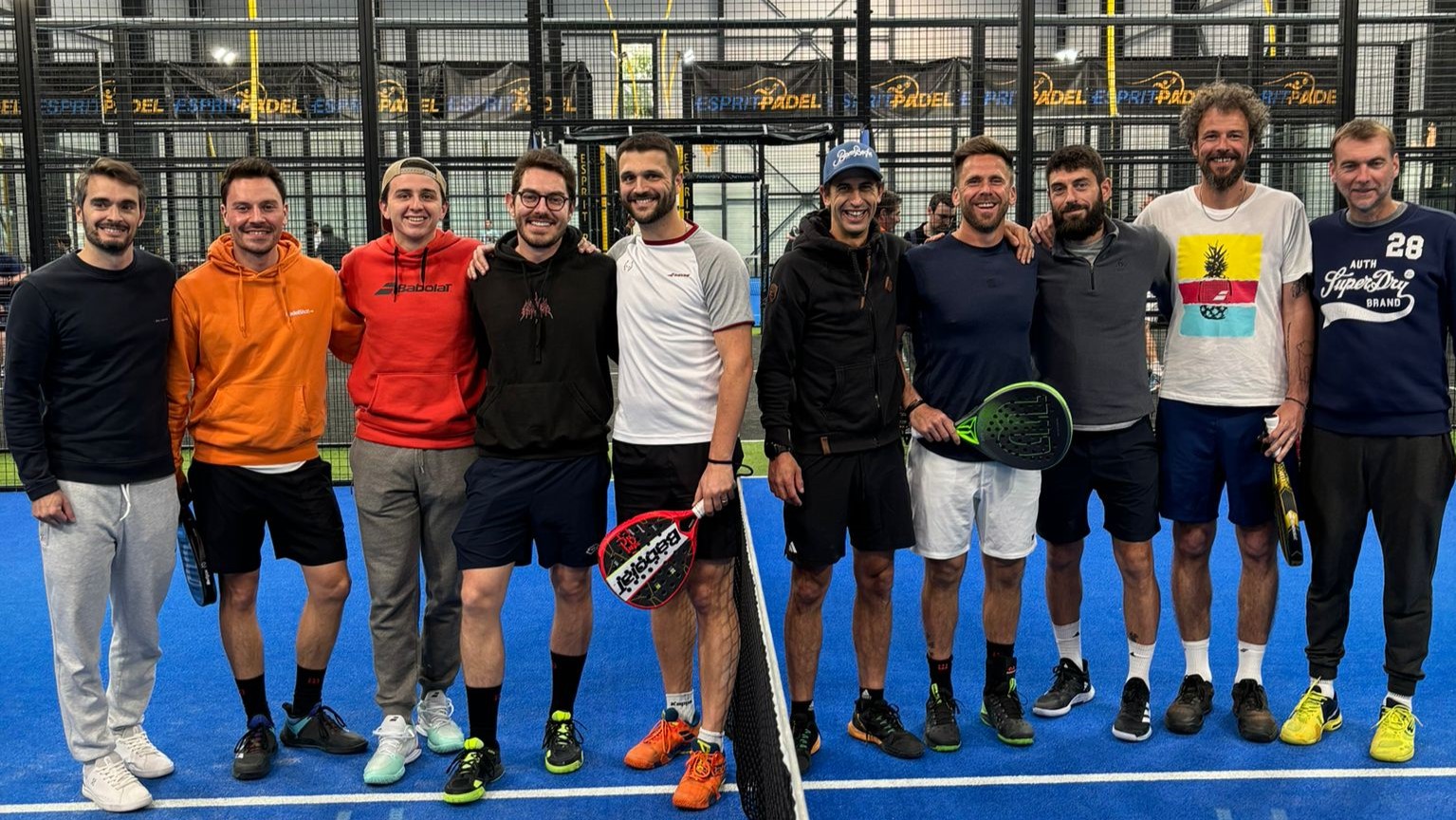 Mind Padel Lyon and the Auvergne Rhône-Alpes League innovate with team tournaments
Mind Padel Lyon and the Auvergne Rhône-Alpes League innovate with team tournaments Simon Boissé: “We know that there are two nations in front of us”
Simon Boissé: “We know that there are two nations in front of us”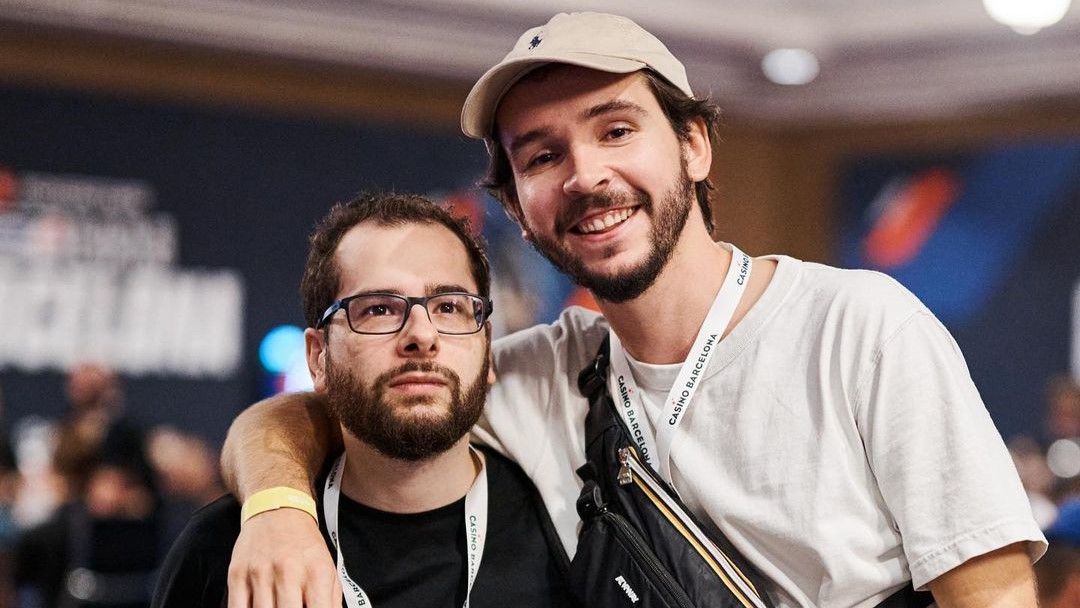 Team PAX (Domingo / Xari) returns to victory
Team PAX (Domingo / Xari) returns to victory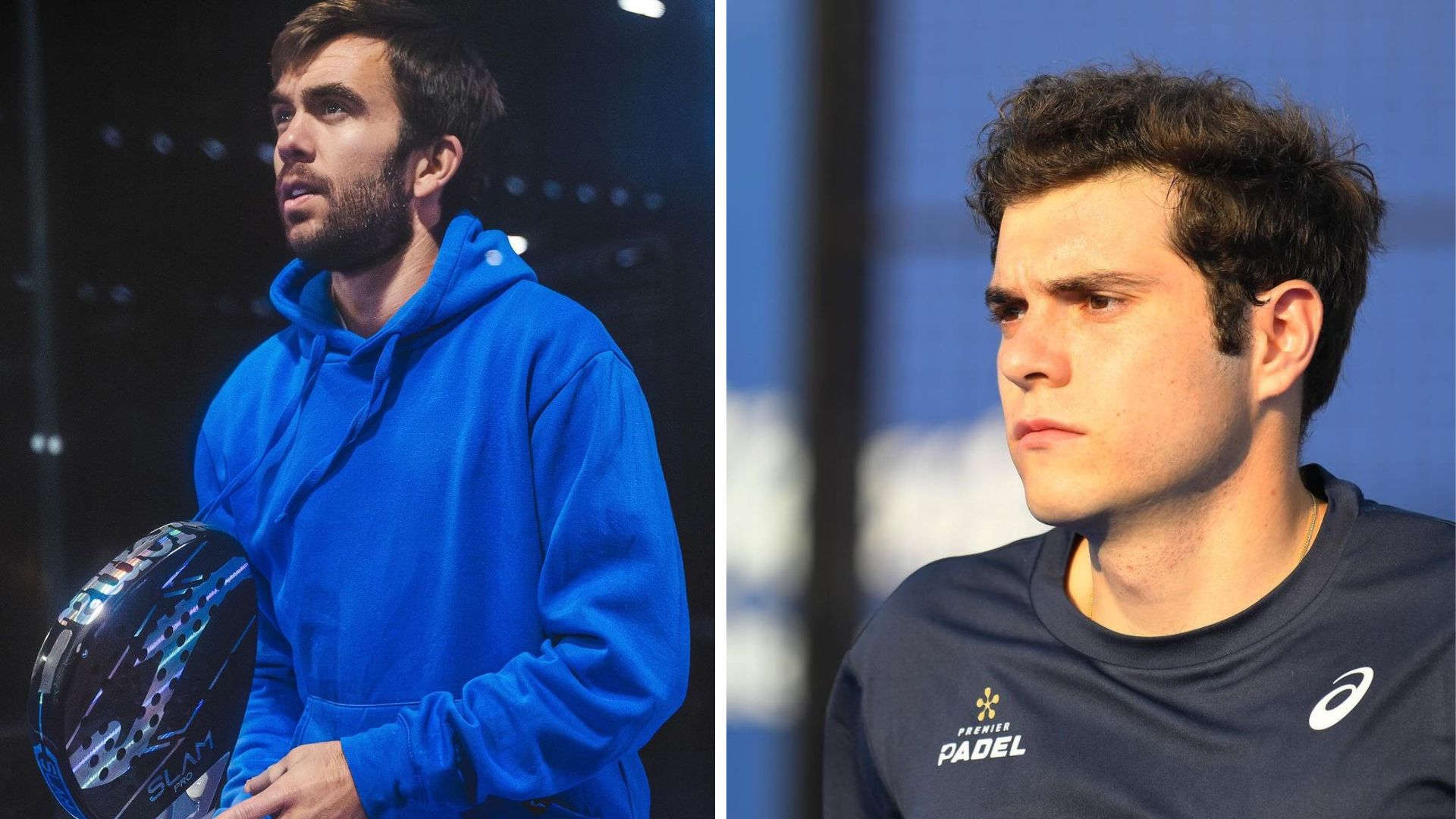 It’s off to a bad start for Pincho Fernandez and Javier Barahona…
It’s off to a bad start for Pincho Fernandez and Javier Barahona… Do you know the Rafa Nadal Academy Tour?
Do you know the Rafa Nadal Academy Tour? Play at padel on his yacht? Possible for €233.000!
Play at padel on his yacht? Possible for €233.000!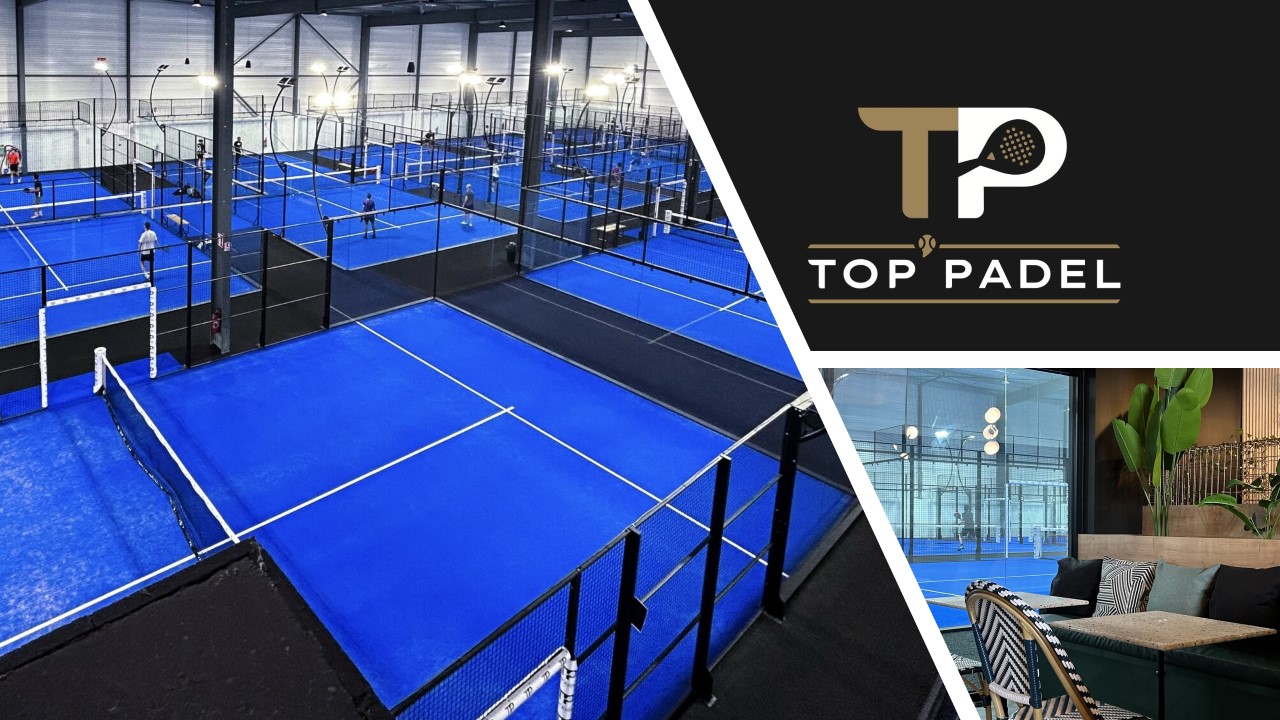 TOP Padel : “A premium club with 10 slopes in Toulouse”
TOP Padel : “A premium club with 10 slopes in Toulouse” Our Top 10 training courses padel in France and Europe
Our Top 10 training courses padel in France and Europe At the heart of padel – Episode 25: Paul and Andoni answer your questions
At the heart of padel – Episode 25: Paul and Andoni answer your questions Tactical padel – What to do when faced with players who systematically stay at the bottom?
Tactical padel – What to do when faced with players who systematically stay at the bottom? The basic tactics of padel
The basic tactics of padel At the heart of padel – Episode 25: Paul and Andoni answer your questions
At the heart of padel – Episode 25: Paul and Andoni answer your questions At the heart of padel – Episode 23: defend the window well
At the heart of padel – Episode 23: defend the window well Prohibition on playing topless Padel : the reasons
Prohibition on playing topless Padel : the reasons FIP Tour – Going far from Europe, THE strategy to earn points!
FIP Tour – Going far from Europe, THE strategy to earn points! What is a good football player? padel ?
What is a good football player? padel ? “Lefties give me headaches when I play against them!”
“Lefties give me headaches when I play against them!” At the heart of padel – Episode 14: how to earn points in winter?
At the heart of padel – Episode 14: how to earn points in winter? A par 4 is always a winner...even if you manage to defend it!
A par 4 is always a winner...even if you manage to defend it! Carbon fiber VS fiberglass: what to choose?
Carbon fiber VS fiberglass: what to choose? How to effectively test a racket padel ?
How to effectively test a racket padel ? La padel to fight Parkinson's disease
La padel to fight Parkinson's disease Don't play with a cracked or broken racket, your body will thank you!
Don't play with a cracked or broken racket, your body will thank you! Michel Cymes: “The padel, physically, it’s serious!”
Michel Cymes: “The padel, physically, it’s serious!” Jeremy Gala: “Promote the padel among young people in Belgium remains a challenge”
Jeremy Gala: “Promote the padel among young people in Belgium remains a challenge” The French Touch Academy organizes its selection day Padel-Study
The French Touch Academy organizes its selection day Padel-Study Report on the detection and training of younger generations
Report on the detection and training of younger generations